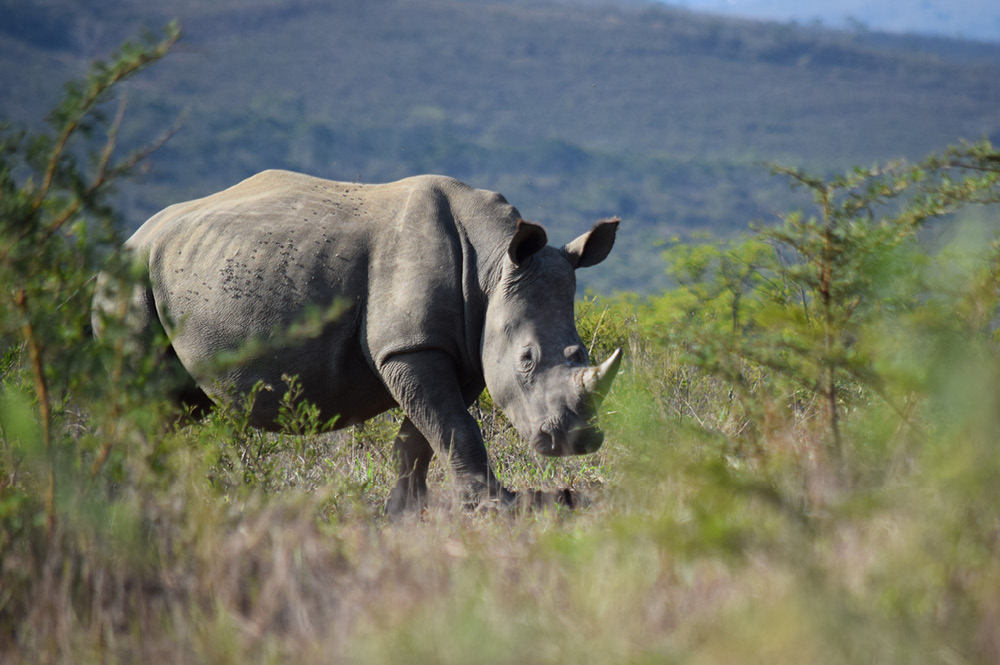In April, two men were arrested in South Africa in possession of 167 rhino horns, which, it is suspected, were destined for South East Asia. This month, another individual was arrested at O.R. Tambo International Airport in Johannesburg with 22 rhino horns headed for Viet Nam, and 40kg of horns were seized from a warehouse in Gauteng. So, three major seizures of rhino horn in South Africa in a matter of a few weeks. In a country with a legal domestic trade in horn, this is concerning.
Given the large quantities of horn involved in each seizure, it is most likely that the horns have come from stockpiles. Poachers are much more likely to try to move illegal horns out of the country quickly, instead of accumulating them for a larger shipment and risk deeper trouble. Rhino farmer John Hume’s stockpile (where dehorning takes place regularly and horns are stored) was confirmed as the source of the April seizure; there has been no further news, as yet, regarding the origin(s) of the other two seizures.
But why have there been so many seizures lately? The full answer is not clear. All three cases have, according to media reports, been intelligence-led operations, with South African police acting upon information to prevent horns being trafficked out of the country.
In the April case, John Hume claims that the horns still belong to him, as he had not yet been paid by the buyer. It will be interesting to follow the legal proceedings (scheduled to begin on 12 July) to see how the courts interpret the position regarding the ownership of the horns and responsibility for transport.
For the further two cases, it will be illuminating to find out whether the horns seized came from registered stockpiles or from poaching incidents. Images from the third seizure show horns that have been tipped (previously cut) and cut off cleanly, implying that they were harvested from anaesthetised animals, rather than axed from carcasses.
Meanwhile, such seizures beg the wider question as to whether South Africa is able to control their domestic trade in rhino horn. Demonstrating that the system works is surely crucial to any future discussion of legalising the international trade in rhino horn. Given the current situation, the arguments in favour of this do not look convincing.
In May, CITES (the Convention on International Trade in Endangered Species) was due to meet in Colombo for its three-yearly ‘Conference of the Parties’, but the meeting had to be postponed until at least September 2019 after the tragic events in Sri Lanka. The meeting would have included a discussion on re-opening the international trade in rhino horn, after a proposal to do so was tabled in December by eSwatini (formerly Swaziland). For the proposal to succeed, surely there must be high confidence that the trade will not negatively impact a species, especially if the species concerned is already endangered.
If further seizures of rhino horn originating from stockpiles take place before CITES, it will demonstrate the huge difficulties involved in regulating the domestic trade in one country, let alone internationally. Those in favour of legalising the international trade should be doing everything possible to ensure that the South African domestic trade is squeaky clean. It’s looking pretty murky right now.








